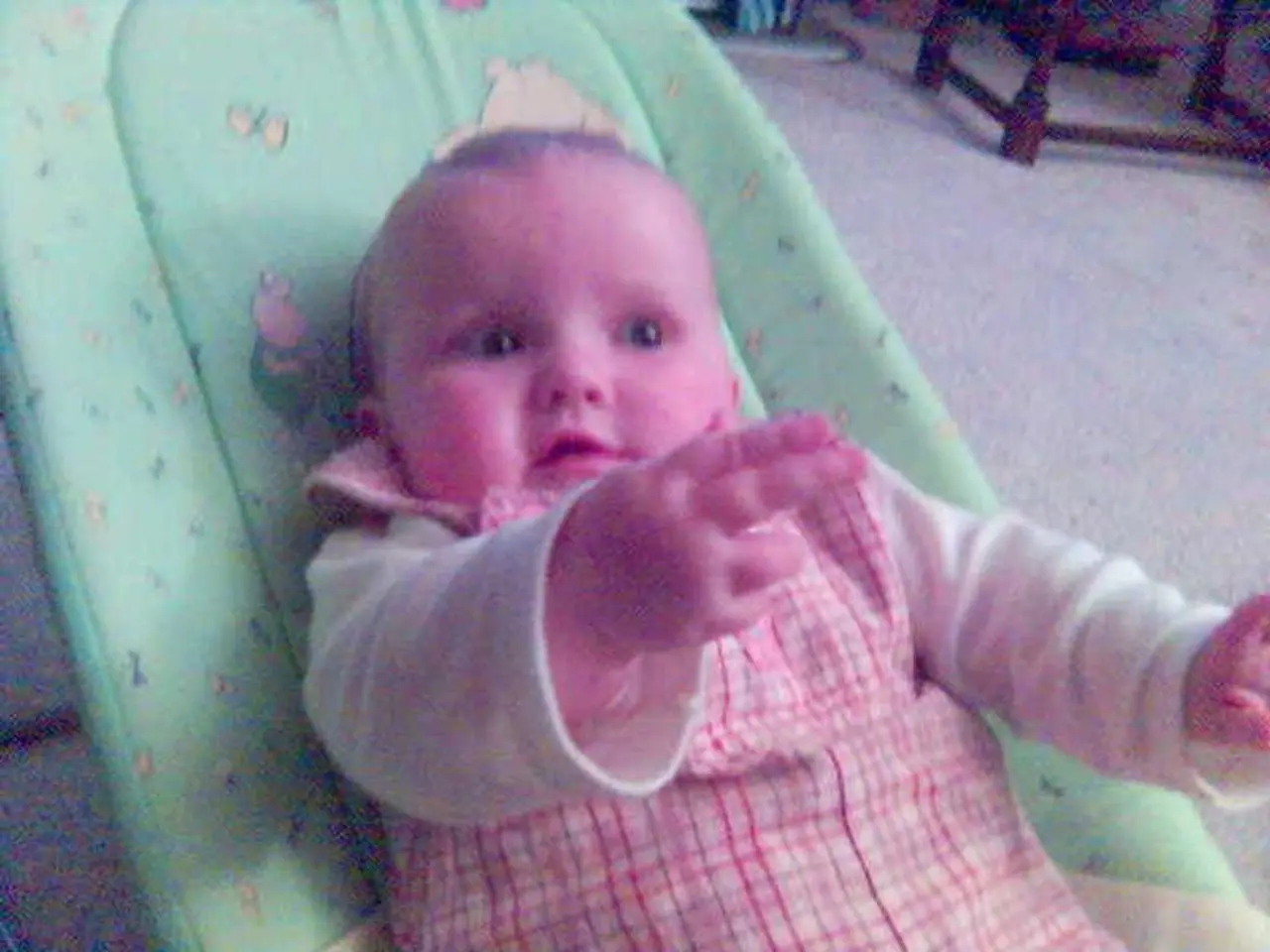Infant Growth and Development: Understanding the Norms
Preemies, babies born before 37 weeks of gestation, often face unique challenges in their developmental journey. Early intervention programs are crucial for addressing these challenges, providing a network of support that includes therapies, resources, and guidance to help preemies and their families navigate the complexities of preemie development.
Key Developmental Areas for Preemies
Preemies' development is typically assessed in five key areas: physical development, cognitive development, language development, social and emotional development, and adaptive development. While preemies may reach milestones at a different pace compared to full-term babies, understanding these areas and their expected variations can help parents and caregivers provide the best support.
Motor Skills
Preemies may show delayed motor skills initially, but they should progress following their corrected age. Low muscle tone can cause initially weak or floppy movements, and preemies may require more support during tummy time to build neck and shoulder strength.
Cognitive Skills
Preemies may show slower responses to stimuli initially and have delayed vision development. However, focusing on objects and sensory stimulation can help improve these areas.
Social and Emotional Development
Preemies may take longer to make eye contact, smile, and recognize caregivers. They may also be more sensitive to overstimulation, requiring more soothing and consistent bonding efforts.
Feeding and Growth
Feeding can be challenging for preemies due to immature suck/swallow reflexes. Preemies may need nutritional supplementation or specialized feeding methods to support their growth.
Sleep Patterns
Preemies often have irregular and fragmented sleep with frequent waking. They may take longer to establish circadian rhythms, but safe sleep practices are crucial due to the increased risk of apnea or breathing instability.
Recognizing Potential Delays and Seeking Professional Advice
It's essential for parents and caregivers to watch for red flags that may indicate potential delays in preemie development, such as slow weight gain, limited eye contact, speech difficulties, and difficulties with physical coordination. If concerns arise, promptly seeking professional advice is crucial. Regular check-ups and consultations with pediatricians and specialists are essential for comprehensive preemie development support.
Early Intervention Services
Early intervention services, such as physical therapy or speech therapy, can be crucial in overcoming challenges for preemies. These programs focus on enhancing motor skills, communication, and cognitive abilities in preemies. If developmental delays persist beyond expected corrected age norms, early intervention services may be recommended.
Understanding Preemie Development
Understanding preemie development is crucial for parents and caregivers. Preemies show the same developmental milestones as full-term infants but typically achieve them later and with more variability, reflecting the need to assess their progress based on corrected age and ongoing medical factors. Close monitoring, pediatric follow-up, and responsive caregiving targeting feeding, sleep, sensory stimulation, and social interaction promote optimal developmental outcomes.
In summary, early intervention services and a supportive network of care are essential for preemies' development. By understanding the unique challenges preemies face and the key developmental areas they need to focus on, parents and caregivers can provide the best care and support during their preemie's first year. Each preemie is unique, and there can be individual variations in development. However, with close monitoring and prompt intervention when needed, preemies can thrive and reach their full potential.
[1] Newborn Milestones: What to Expect in the First Month (2021). Retrieved from https://www.healthline.com/health/newborn-milestones-first-month [2] Your Baby's First Month: What to Expect (2020). Retrieved from https://www.babycenter.com/0_your-babys-first-month-what-to-expect_10340449.bc [3] Newborn Development: The First Month (2021). Retrieved from https://www.babysfirstyear.com/newborn-development-first-month/
- Physical development delays in preemies can be evident in initial weak or floppy movements due to low muscle tone, necessitating more support during tummy time to build neck and shoulder strength.
- Preemies may show slower responses to stimuli initially and have delayed vision development, but focusing on objects and sensory stimulation can help improve these areas.
- Emotional development in preemies may take longer as they may have difficulty making eye contact, smiling, and recognizing caregivers, requiring more soothing and consistent bonding efforts.
- Feeding can be challenging for preemies due to immature suck/swallow reflexes, and they may need nutritional supplementation or specialized feeding methods to support their growth.
- Sleep patterns in preemies are often irregular and fragmented, with frequent wakings, and they may take longer to establish circadian rhythms, but safe sleep practices are crucial due to the increased risk of apnea or breathing instability.
- Parents and caregivers of preemies should watch for red flags such as slow weight gain, limited eye contact, speech difficulties, and difficulties with physical coordination, and promptly seek professional advice if concerns arise.
- Early intervention services, like physical therapy or speech therapy, can help preemies overcome challenges in motor skills, communication, and cognitive abilities.
- Understanding preemie development is important for parents and caregivers as preemies show the same developmental milestones as full-term infants, but at different paces and with more variability, requiring close monitoring and ongoing medical considerations.
- A supportive network of care and early intervention services are essential for preemies' development. With careful monitoring and prompt intervention when needed, preemies can thrive and reach their full potential, as each one is unique and may exhibit individual variations in development.




